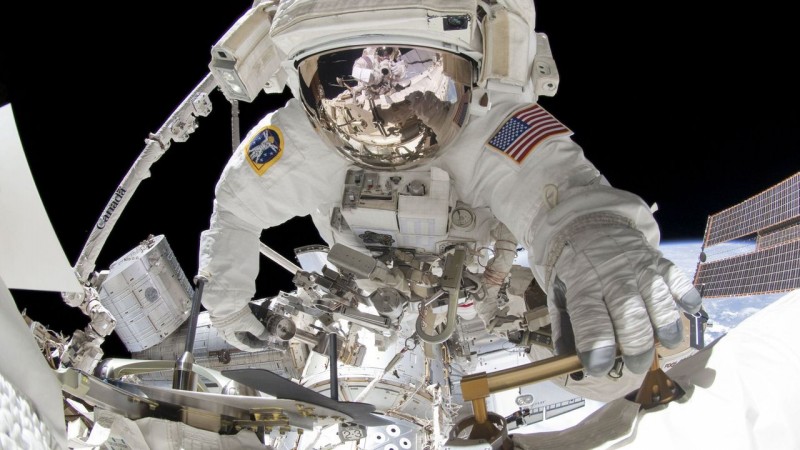
Have you ever wondered how astronauts manage one of the most basic human needs – using the toilet – while they're in space? It's not as simple as it is on Earth, considering the challenges posed by microgravity and limited space within a spacecraft. In this article, we'll take a fascinating journey into the intricacies of how astronauts use the toilet in space, exploring the innovative technologies and procedures that make it all possible. Space exploration has brought about remarkable technological advancements, and this extends even to the facilities astronauts use in space. While the concept of going to the toilet might seem mundane, it's a complex challenge that scientists and engineers have had to overcome.
Early space missions had rudimentary solutions for waste disposal, often relying on plastic bags that astronauts had to seal and stow away. However, as missions became longer and more frequent, the need for more efficient and comfortable solutions arose.
Microgravity, where objects appear to be weightless, poses a significant challenge for using a toilet. On Earth, gravity helps guide waste into the toilet bowl and plumbing, but in space, waste can float around, creating hygiene and contamination issues.
Modern space toilets are marvels of engineering. They incorporate airflow systems, specially designed funnels, and vacuum technologies to direct waste away from the body. These innovations ensure that waste is properly contained and disposed of.
Using a space toilet involves securing oneself to the toilet seat using restraints. A combination of air suction and specially designed grooves in the seat helps direct waste away. For urine, a funnel and hose system is used to guide the liquid into a separate container.
Waste collected from space toilets is not simply discarded. On the International Space Station (ISS), for example, solid waste is compressed and stored for disposal upon the arrival of a cargo spacecraft, while liquid waste is recycled into clean drinking water.
In the confined environment of a spacecraft, hygiene is of utmost importance. Space toilets are equipped with features to ensure cleanliness, and astronauts are meticulous in following procedures to prevent any potential health hazards.
Believe it or not, astronauts undergo training to effectively use the toilet in space. Simulators help them get accustomed to the process in a microgravity environment, ensuring they are prepared for any situation.
Did you know that the first space toilet was used on the Skylab space station in the 1970s? Over the years, space toilets have evolved significantly, becoming more ergonomic and efficient.
Using the toilet is a private and routine activity, but in space, it takes on a different psychological dimension. Astronauts must adjust to the lack of privacy, which can be challenging during longer missions.
As technology continues to advance, space toilets are likely to become even more sophisticated and user-friendly. With the prospect of longer missions, such as Mars exploration, ensuring efficient waste management will be crucial. The toilet might not be the first thing that comes to mind when you think about space exploration, but it's an essential aspect of life in space. Thanks to innovative engineering and dedicated training, astronauts can comfortably and hygienically manage this basic human need while they venture beyond our planet.
DPI to Empower Nations Struggling with Govt Digitalization: Rajeev Chandrasekhar
Unveiling the Technology Behind Web Browsing
Meta's Groundbreaking AI Translates 100 Languages, Embraces Dialect Diversity